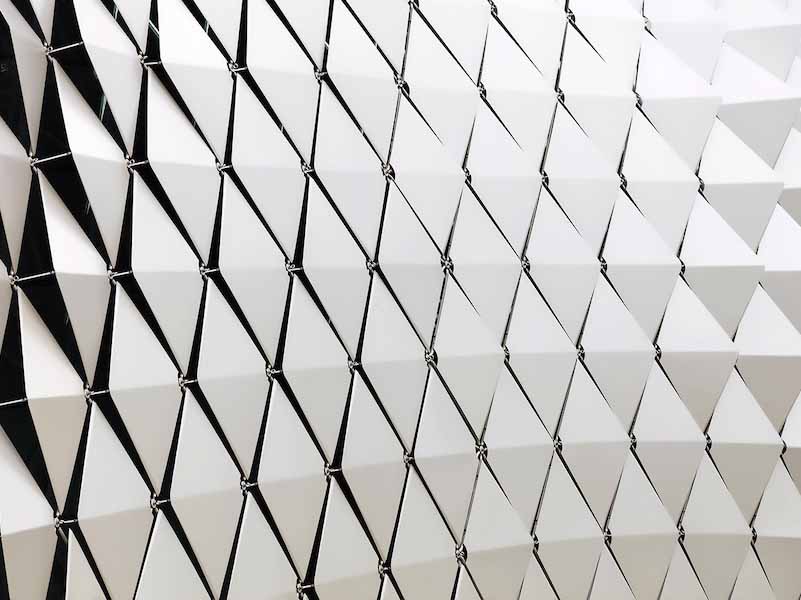Can Akyil, Managing Director Politeknik Member of Coventya Group, is presenting a webinar on December 9 from 9am to 10am EST on 'Anodizing Today With "Belts and Braces": How Alumal Elox 557 improves deposit performance and production efficiency.
 Can AkyOn the Agenda:
Can AkyOn the Agenda:Alumal Elox 557 is a newly developed additive for sulphuric acid anodizing systems that allows applicators to increase the performance of the resulting oxide layer and efficiency of the anodizing application.
The quality of the resulting oxide layer is improved by increasing the hardness and wear resistance, ductility, colour ability and efficiency of the sealing process. The anodic layer produced is less brittle despite an increase in hardness up to 85HV units. The use of this additive changes the micro-structure of the oxide by increasing the number of smaller pores thus yielding a more even structure, higher surface gloss and smoother surface finish. At the same time, the smaller pores consume less sealing chemistry, leading to a significant cost reduction for the applicator. What’s more, ALUMAL ELOX 557 allows for electric energy savings up to 15-25% due to lower applied voltages as a result of anodizing at higher operating temperatures. Besides, less heat generation provides energy savings for cooling requirements of the solution as well.
Additional benefits include reduced processing time as the oxide layer can form 15 – 25% faster using this additive. The consumption of sulphuric acid is also reduced thanks to the inhibiting effect of the additive on the dissolution of the oxide during the anodizing process. This also provides operation of the chemistry at higher dissolved aluminium concentrations extending the life of the anodizing solution.































